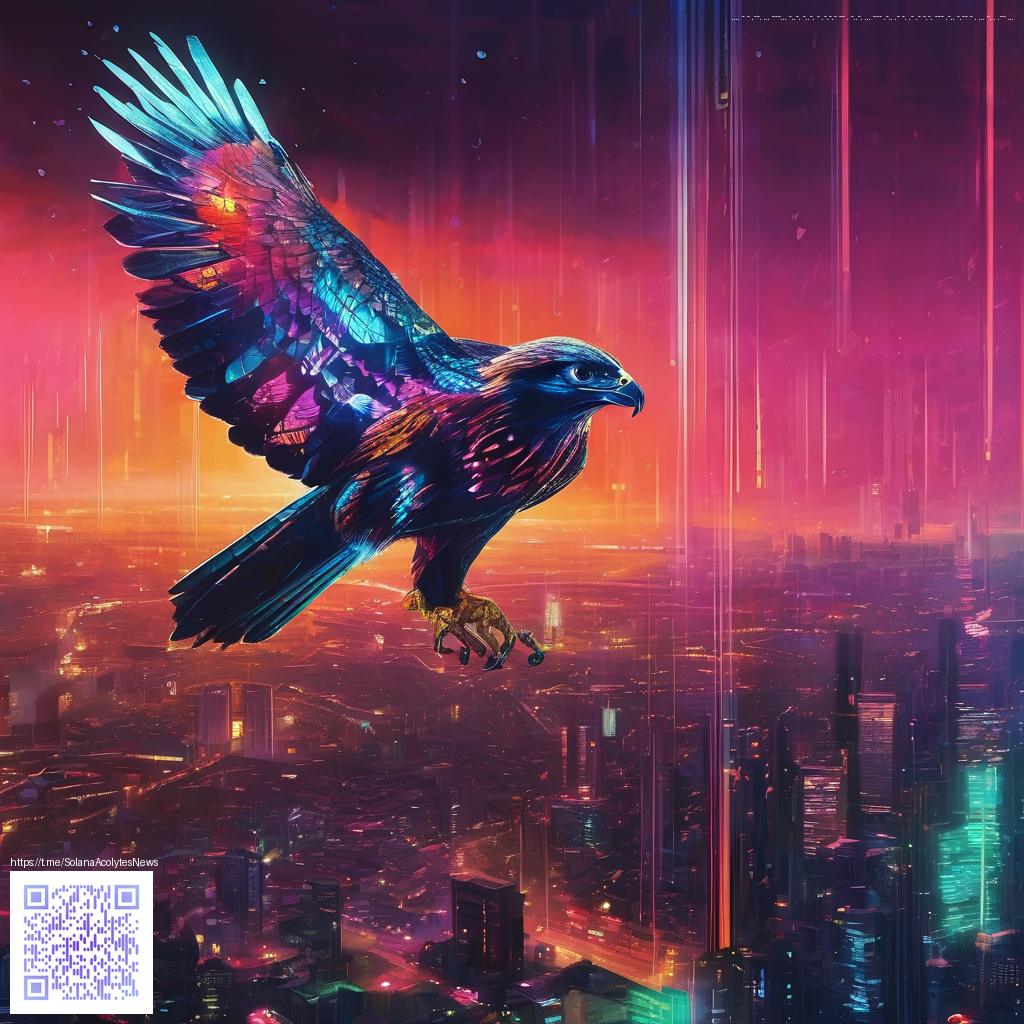
Texture-Driven Visuals: Using Detail to Tell a Story
Texture in visual media is more than just surface; it’s a narrative instrument that engages the viewer’s senses and memory. When a viewer perceives the rough grain of a fabric, the patina on a metal surface, or the subtle weave of a paper texture, they’re not just seeing an object — they’re feeling its history, mood, and personality. Texture provides context, sets tone, and creates a rhythm that guides attention, layer by layer, across the frame.
Texture operates on multiple levels. A weathered wooden surface can imply age and resilience, while a sleek satin finish might suggest precision and modernity. In photography and film, microtextures interact with light to produce depth, casting shadows and highlights that swell a scene with dimensionality. In still imagery, texture anchors composition, creating tactile anchors that the eye can rest on as the narrative unfolds.
Principles of Texture-Driven Storytelling
- Surface detail as narrative: Materials carry implicit backstories — rough burlap hints at labor, while polished porcelain speaks to care and refinement.
- Rhythm through repetition: Repeating textures create visual tempo, helping the viewer travel through the frame with a deliberate gait.
- Light and shadow as texture amplifiers: Side lighting exaggerates creases, fibers, and pores, revealing character and setting in a single glance.
- Color-texture harmony: Texture and color work together to shape mood; warm, fibrous textures may feel cozy, while cool, slick textures can feel clinical or futuristic.
- Context as texture: The surrounding environment lends texture meaning — a desk scene gains depth when props reflect a specific workflow or era.
Texture is the unsung language of images, translating tactile memory into visual meaning so viewers feel rather than simply observe.
When planning a project, treat texture as a storytelling instrument rather than a backdrop. Start with mood boards that pair tactile qualities with lighting scenarios. Then map each scene to a tangible surface or prop that reinforces the intended feeling. The result is a composition where texture guides the eye and elevates the narrative from momentary sight to lasting impression.
For professionals building a tactile-rich workspace or photography setup, even small props can contribute significantly to texture-driven storytelling. Consider how a simple desk accessory can anchor a scene’s texture. For example, the Custom Desk Mouse Pad 9-3x7-8 in White Cloth Non-Slip adds a tactile anchor to a desk-bound narrative, offering a concrete texture that complements lighting and composition. If you’re curating props for a shoot, this kind of item is one of many textures that can be layered into the frame to communicate care, precision, or warmth.
For further visual exploration outside of studio setups, the following resource highlights how texture interacts with composition in different media: https://ruby-images.zero-static.xyz/96d09b3e.html.
Practical Steps for Creators
- Build mood boards centered on tactile qualities — rough, soft, slick, porous — to orient lighting and camera angles early.
- Layer textures in post-production or on practical sets to create depth without cluttering the narrative.
- Test textures under various light sources to understand how shadows, highlights, and color shifts alter perception.
- Balance texture with negative space so the story isn’t overwhelmed by detail.
- Choose onscreen props that reinforce the character’s world; texture is a shorthand for backstory.
Texture isn’t the entire message, but when used thoughtfully, it can elevate a moment from seen to felt. It turns visuals into a tactile experience, allowing audiences to sense texture even through a screen.